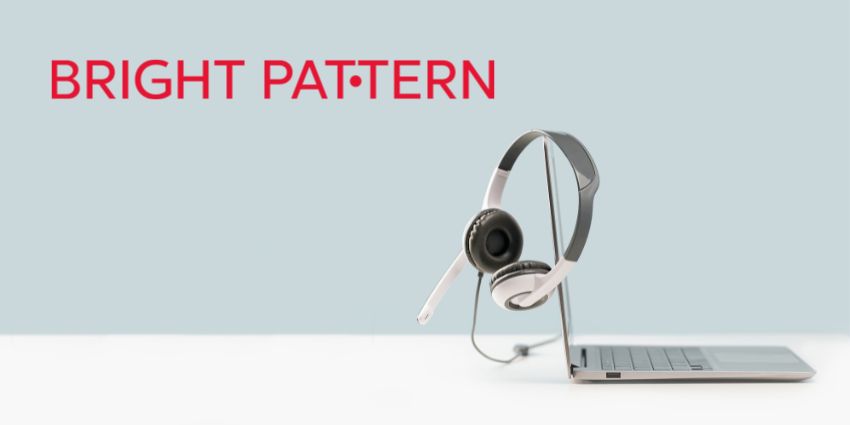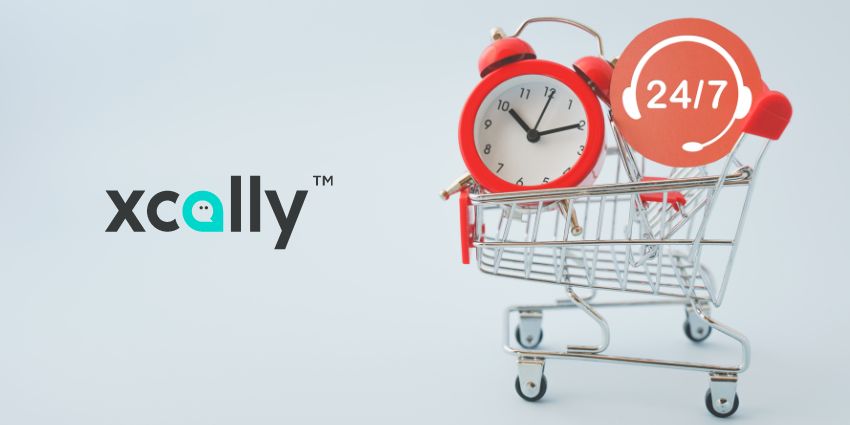Quality Assurance (QA) is absolutely paramount in every customer-facing business. Not only does QA help to maintain the brand image of a business, but it also ensures compliance and the continuous improvement of services and teams. Research suggests that less than 40% of contact centre leaders say their QA processes are fully optimised. Thirty-four per cent say theirs are ‘somewhat’ optimised and the remaining follow basic practices that cannot always maintain a consistent benchmark of service quality across different interactions, teams and locations. But with customer expectations rising in the wake of COVID-19, it’s essential for contact centres to get these processes right. Thankfully, leading innovator of cloud-based contact centre solutions Puzzel is here to help, with Alberta Bosco, Product Marketing Director, offering up some top tips on common QA challenges and how to overcome them.
‘Every CX organisation should strive to provide an exceptional customer experience,’ Bosco begins. ‘Agents should have the correct knowledge to answer customer questions and solve problems as quickly as possible, and follow correct procedures to ensure the customer isn’t misinformed.’
Bosco provides a great definition of what QA means. In the CX world, it’s a way to ensure all customer interactions are consistent, compliant and meet the needs of customers. It prevents problems by providing agents with a clear set of expectations set by the company. These expectations are especially important when it comes to ensuring services comply with privacy and security regulations, for example. But as Bosco explains, there are other gains to be had by businesses ensuring QA protocols are stringently followed.
‘One benefit that is often overlooked is the impact quality assurance can have on the performance of customer service teams. This isn’t a case of businesses policing their agents, but providing them with the right feedback and support to enhance performance levels.’
‘Good customer service comes from having the right processes in place, the right technology, and the right company culture’
To put it simply, QA not only improves CX but the agent experience (AX) too. With a QA solution, companies can see exactly where their agents are excelling and where they lack confidence. Business leaders and supervisors can then use this data to provide targeted training, reducing stress and anxiety for agents, boosting CSAT scores, and increasing employee job satisfaction.
‘This process isn’t there to make the agents feel picked on,’ Bosco adds. ‘It gives them far more control and visibility of how they’re performing and progressing. They actually feel supported in their roles.’
There are a number of challenges contact centres can run into with quality assurance. Until recently, QA has suffered a range of inefficiencies, with manual processes forcing employees to spend time on repetitive tasks and data entry rather than CX. Limited scope means team leaders have only been able to get a small view of the customer journey too. Other examples of common challenges include:
- Fragmented systems
- Old and outdated reports
- Lack of actionable insights
But with the right QA solution, these can be easily overcome, Bosco explains.
‘An example of a fragmented process is when teams have to manually pick customer interactions to evaluate. This opens the process to bias and creates a lack of transparency around how the agents are evaluated. The cherry-picking of data also wastes time. On average, companies that use a manual QA process end up evaluating just 3-5% of conversations, leaving 95% unchecked. Moreover, some of these conversations could be classed as high risk as they may not even be compliant.’
Bosco continues: ‘On the challenge of old reports, this occurs when data from different sources, such as customer surveys, emails and charts, are collected manually, and tools like Excel or Word are used to create reports. These become outdated very quickly because the data isn’t shown in real-time. This results in a lack of control for contact centre managers and a lack of visibility for agents, so these examples really go hand-in-hand. These reports have zero impact on agent performance’.
QA solutions enable contact centres to track customer interactions delivered in the office or at home. This is particularly useful in the current climate businesses and agents have found themselves in, as distributed teams working remotely can be difficult to monitor in comparison to in-office employees. They also offer standardised scorecards for evaluating all customer service channels, including video and live web chat. And dashboards provide businesses with a single source of truth for insights and a more effective view of the customer journey.
Puzzel’s QA offering launched today as part of its Q3 product release (Sept 28).
Bosco says: ‘Puzzel QA enables contact centres to automate the selection of interactions based on criteria and to assign them to certain individuals in the QA team. We’ve included dashboards in our solution so managers can see which agents need support and where they can improve immediately. Agents can also see how they’re evaluated on their own dashboards.’
Puzzel’s solution paves the way for better CX by streamlining, automating and enhancing the QA process. This means better CX and AX for businesses and a smooth pathway out of the battles many may have put on the backburner during the COVID-19 pandemic. The solution should be part of every business’s post-pandemic service strategy.
For more information, click here.






